
Les Thanatonautes — Touristes de la mort
 7 min
7 min
Les Thanatonautes — Touristes de la mort
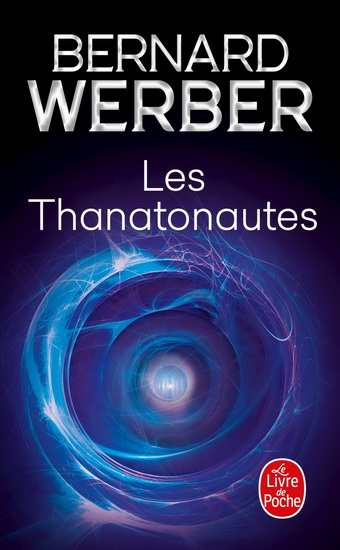
Que serait le monde si l’on arrivait à élucider les mystères de la mort? Que se passerait-il si la science nous expliquait tout? C’est ce qui est exploré dans le livre Les Thanatonautes de Bernard Werber, paru en 1994 aux éditions Le Livre de poche.
Alors que l'humanité a exploré toutes les terres, les océans et s'est même aventurée dans l'espace, la mort est vue comme un nouveau territoire à explorer auquel personne n'avait jamais penser.
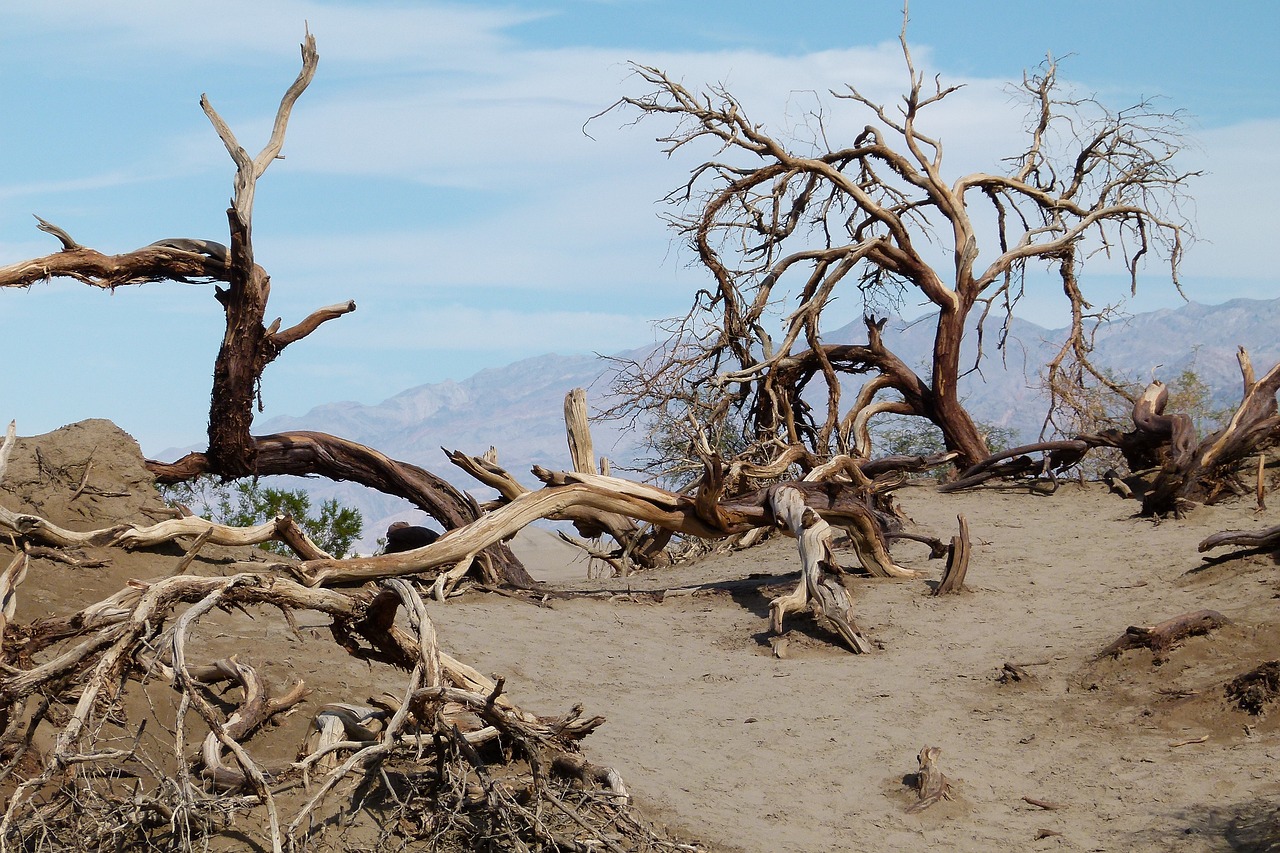
Un médecin, Michael Pinson, et un biologiste, Raoul Razorbak, amis depuis l’enfance, se donnent comme mission d’explorer le Continent Ultime, le paradis, le monde après la mort, de le cartographier et de l’expliquer. Cette mission, leur paraît, autant qu’à nous, dès le départ comme une formidable quête emplie de découvertes à saisir, toutefois, il en résultera autrement. L’homme a exploré toutes les terres de la planète, les océans et même, il a entamé sa visite l’espace. La mort est vu comme un nouveau lieu à explorer auquel nul n’a jamais pensé.
Au fil du roman, une petite équipe d’explorateurs du Continent Ultime se forme, se dénommant eux-mêmes comme thanatonautes et créant par ce fait, la thanatonautique, ils nous amènent peu à peu vers la découverte d’un nouveau monde.
Réalisme de l’histoire et recherches de l’auteur
Il est sublissime de constater le niveau de recherche qu’à fait l’auteur pour relier divers éléments et faire en sorte que les faits nous paraissent logiques. Abordant la question d’un point de vue objectif, la religion est tout de même mentionnée, mais sans préférence pour aucune. Il semblerait, selon l’histoire du roman, qu’elles avaient toutes à leur façon raison sur la mort et expliquent toutes la même chose, les mêmes concepts, seulement avec des métaphores différentes. Il n’est pas question que des religions actuelles, mais également de religions anciennes, telles que les croyances de l’empire égyptiens. Ce que découvre les explorateurs correspond aux points de vue mystiques, tout en étant explicable, en quelque sorte, d’un point de vue scientifique – une astronome fait entre autres partie de leur équipe.
Chapitres?

La division du livre est fort intéressante, non pas constituée de chapitres, il est plutôt un assemblage de sections. Une section peut parfois n’être qu’un petit paragraphe ou bien occuper quelques pages, mais elles ne sont jamais très longues. Cette division donne un rythme de lecture intéressant à l’histoire.
-
Il y a d’abord les sections racontant l’histoire comme tel, où le personnage principal, le médecin Michael Pinson, nous relate les faits et ses points de vue à la première personne des événements.
-
L’acolyte du personnage principal, le biologiste Raoul Razorbak, s’intéresse autant à la science de la mort dû à son père qui était lui-même scientifique et s’était penché sur la question. Son père s’est suicidé alors qu’il était encore enfant et cela n’a que d’autant plus motivé Raoul à être fasciné par la mort. Le père ayant écrit un ouvrage sur ses recherches, des extraits font également office de sections dans le livre.
-
Il y a également des sections ‘Manuel d’Histoire’ qui relatent des extraits d’informations objectives qui seraient dans des manuel d’Histoire, probablement du futur, bien plus tard après les événements qui nous sont racontés par Michael.
-
De courts textes présentant des légendes de diverses mythologies à travers les âges et les continents reliés à la mort sont présentés et sont le plus souvent liés aux événements décrits par Michael.
-
Tout au long du roman, figure également de courtes fiches de police pour les personnages importants de l’histoire et présente un état des lieux relativement à la thanonautique. Nous n’apprenons qu’à la fin du roman qui en sont les auteurs.
Exploration philosophique de la mort
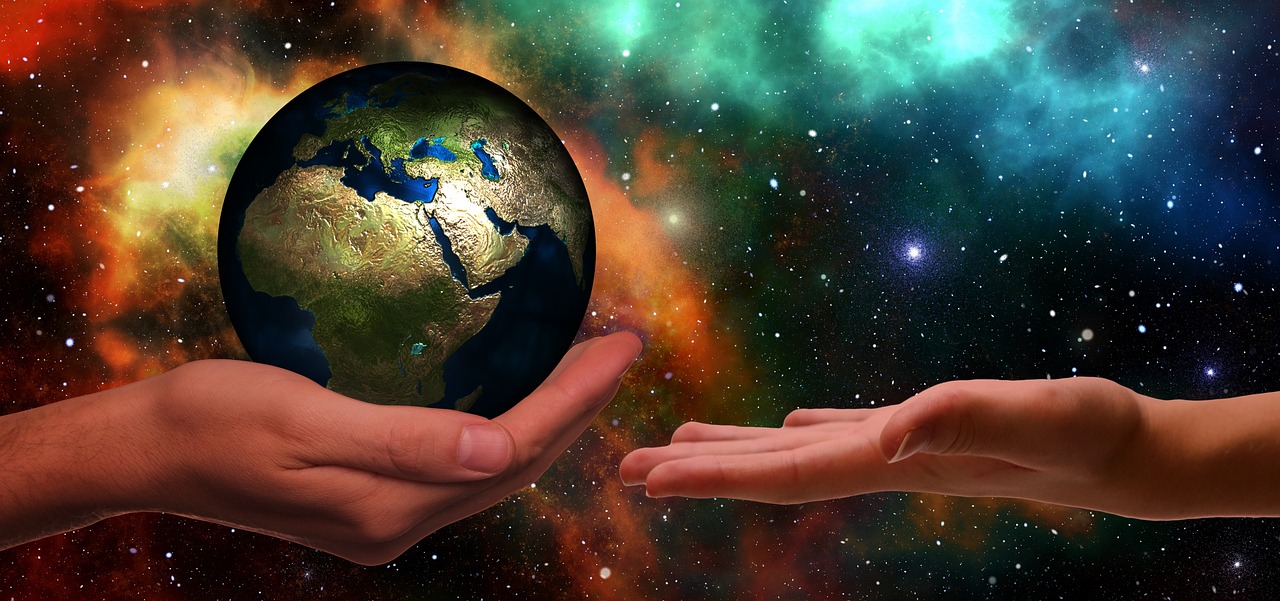
Le livre explore la question à la fois spirituellement que scientifiquement et mélange ces deux éléments de façon exemplaire. Elle pose également des questionnements éthiques cruciaux, car les découvertes de l’équipe de thanatonautes n’est pas sans conséquences. Avant l’aboutissement de leurs recherches, de nombreux cobayes mourront et au départ, Michal Pinson se sent comme un meurtrier. Bien que les cobayes soient des prisonniers volontaires, l’on peut se demander si tuer au nom de la science est convenable.
La mort qui au départ est vu comme un mystère et quelque chose d’intimidant, finira, au fil du roman par devenir quelque chose de banale. L’équipe pourra avec succès et aisance faire des allers-retours entre notre monde et celui des morts, même que cela se démocratisera et sera accessible pratiquement à tous à un certain point. Enlevant toute notoriété à la mort, ce deuxième monde ne devient qu’un continent de plus – certain le visitant comme on visitera une quelconque contrée touristique.
En fin de compte, "Les Thanatonautes" propose une réflexion profonde sur la nature de la mort, transformant un mystère redouté en un continent exploré, démystifié et, finalement, intégré à notre compréhension de l'existence humaine. Ce roman captivant invite les lecteurs à repenser leur relation à la mort et à considérer les implications éthiques de la quête scientifique face à l'inconnu.









 English
English
 Français
Français
 Deutsch
Deutsch
 Italiano
Italiano
 Español
Español



 Colaborar
Colaborar



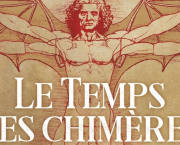







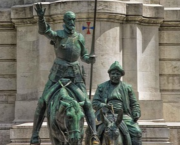

 Puedes apoyar a tus escritores favoritos
Puedes apoyar a tus escritores favoritos





